Oral Hygiene
Oral hygiene routines help keep people’s mouths free of disease, clean, and attractive. Good oral hygiene habits include regularly brushing the teeth, which is the practice of dental hygiene, as well as cleaning between the teeth and disinfecting the mouth’s soft tissues. Regular oral hygiene is an effective way to prevent tooth decay, gum disease, and bad breath. Dentists recommend that people brush at least twice daily, using a soft-bristled toothbrush and fluoride toothpaste and brushing in soft, small circles, as opposed to a firm or horizontal motion; brushing after every meal is preferred. Dentists also recommend interdental cleaning once a day. Flossing is the most common method of interdental cleaning, or cleaning between the teeth, though other interdental cleaning tools are available and may be selected based on individual preference. Interdental cleaning is as important as brushing, which can only remove about 50% of the plaque on the surfaces of the teeth. While effective oral hygiene can be an important part of maintaining the appearance of the teeth, people with excellent oral hygiene may have stained or crooked teeth that are clinically healthy. Orthodontics and tooth whiteners can restore the attractive appearance of an otherwise healthy mouth.
The oral microbiome plays a significant and increasingly recognized role in the dental health of humans. The environment of an individual human’s mouth can alter flora, switching commensal microflora into opportunistic pathogenic flora. Archaeologists have observed calcified dental plaque that indicates that bacteria that causes cavities, or cariogenic bacteria, became dominant during the Industrial Revolution as the human oral microbiome grew more disease-associated. Historically, oral microbiota were significantly more diverse; dental cavities and gum diseases were rarely seen in early hominids and the pre-Neolithic era, yet in the present day, in industrialized countries, dental cavities affect anywhere from 60% to 90% of schoolchildren. The most common disease in the world is tooth decay, and severe gum disease causes more than one third of all tooth loss in adults. Proper cleaning of the teeth and the oral cavity can significantly reduce the occurrence of cavities, tooth decay, and gum disease by removing dental plaque from the surfaces of the teeth and reducing overall bacteria in the oral cavity.
Different methods of cleaning the teeth and oral cavity have been used for thousands of years, as evidenced by archaeological excavations from around the world, which have unearthed a variety of teeth-cleaning tools made of many different materials. In the present day, dentists recommend that adults get their teeth cleaned professionally, at a dentist’s office by a dental hygienist, about every two years. These professional cleanings remove tartar that has built up, which cannot be removed by at-home measures, clean and polish the teeth, and include a dental examination to assess and diagnose any inflammation, cavities, or other oral or dental health problems. They may also involve the application of dental sealants, which protect grooves on the surfaces of the teeth and prevent food debris from being trapped in these grooves. Between professional cleanings, effective oral hygiene practices can help prevent the accumulation of tartar, thereby reducing the incidence of tooth decay and gingivitis. Dentists will review proper brushing and flossing methods with their patients, and they will also teach them how to present proper hygiene habits to their children, thereby passing along the benefits of proper oral hygiene.

